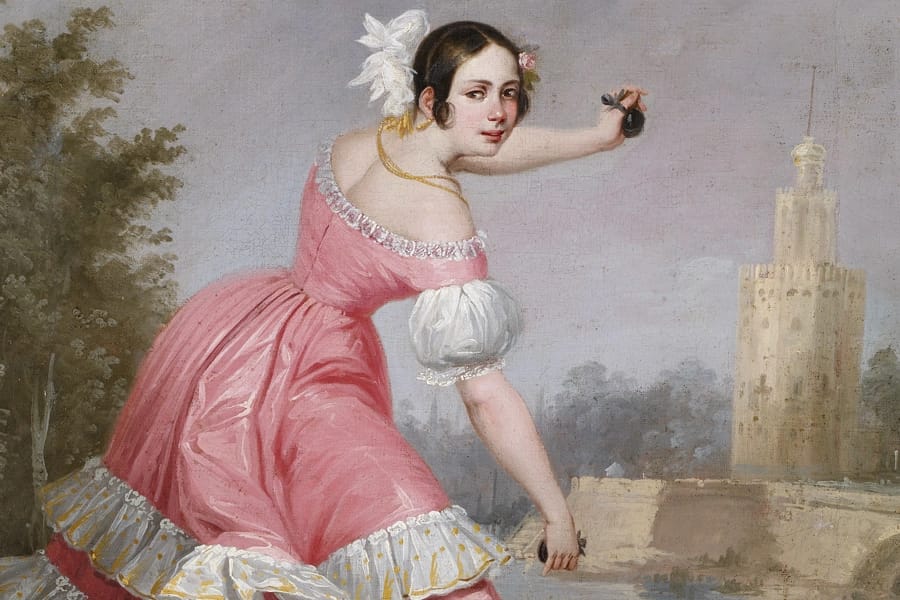What’s in a song?
Generally, there are two camps: commercial “popular” songs meant to be bought and sold by the middle-class, and more serious “art” songs meant for the concert hall. These camps often overlap because most songs we hear on the radio today, popular or art, developed from traditions in Renaissance Europe.
The type of singing you hear in the classical repertory is generally confined to operas, oratorios, choral works, and art songs. Over time, each region of the world developed its own flavor of song. Troubadours, or wandering bards, would travel through countrysides carrying songs on their tongues. These minstrels eventually led to the development of German lieder, French mélodie, Italian canzone, English art song, and so on.
The bolero, a Spanish popular dance or song, has both classical and popular beginnings. Ravel’s Bolero and Beethoven’s folksong arrangements of “Una paloma blanca” and “Como la mariposa” show that even as early as the 19th-century, classical composers were experimenting with its rhythm and form.
But when you the hear the word bolero today, more often than Beethoven, your parents and your grandparents come to mind. When you feel nostalgic for where you came from, it’s the bolero of Mexico and Cuba that you turn to. Its sentimentalism is a multigenerational listening experience; free from pomp or circumstance, it’s something you do with your abuelito on a Thursday night.
Boleros that extend from this tradition are full of emotion, often associated with romance, love lost, and sadness.
Bolero has its beginnings in Santiago de Cuba. In the late 19th-century, Afro-Cuban troubadours, carrying their guitars, brought romantic songs to Havana. Eventually, in the 1920s or so, bolero found itself in Mexico City, and through radio and television broadcasting, disseminated throughout the rest of Latin America.
At the forefront of the genre were performers like Agustín Lara, Los Panchos, and Osvaldo Farrés.
“Imposible” by Agustín Lara:
“Sabor a Mí” by Los Panchos:
“Quizás, Quizás, Quizás” by Osvaldo Farrés, sung by Nat King Cole (please forgive his Spanish):
Around this time, as the bolero’s popularity exploded, it began to lose its cinquillo rhythm, tropical syncopation, and 2/4 time to fit in with the more commercially accessible 4/4 rhythms of North America and Europe.
The bolero remained at the top of Mexico’s pop until the 1950s when ranchera and rock and roll gained their momentum. But throughout the 20th century, bolero persisted, if only in the background. Performers today are still paying homage to the genre, if not continuing to draw direct inspired from it.
“Delirio de Grandeza” by Justo Betancourt, sung by international pop superstar Rosalía:
Because of its explosion of popularity in the early 20th century, it’s difficult to pinpoint which location or cultural group or country has sole claim over the genre. But to all of its listeners, irrespective of nationality, bolero has become nostalgia. It represents love and heartbreak. It is sentimentalism incarnate.
So next time you’re listening to old boleros with your familia, know that it shares the same roots as the rest of classical music.







